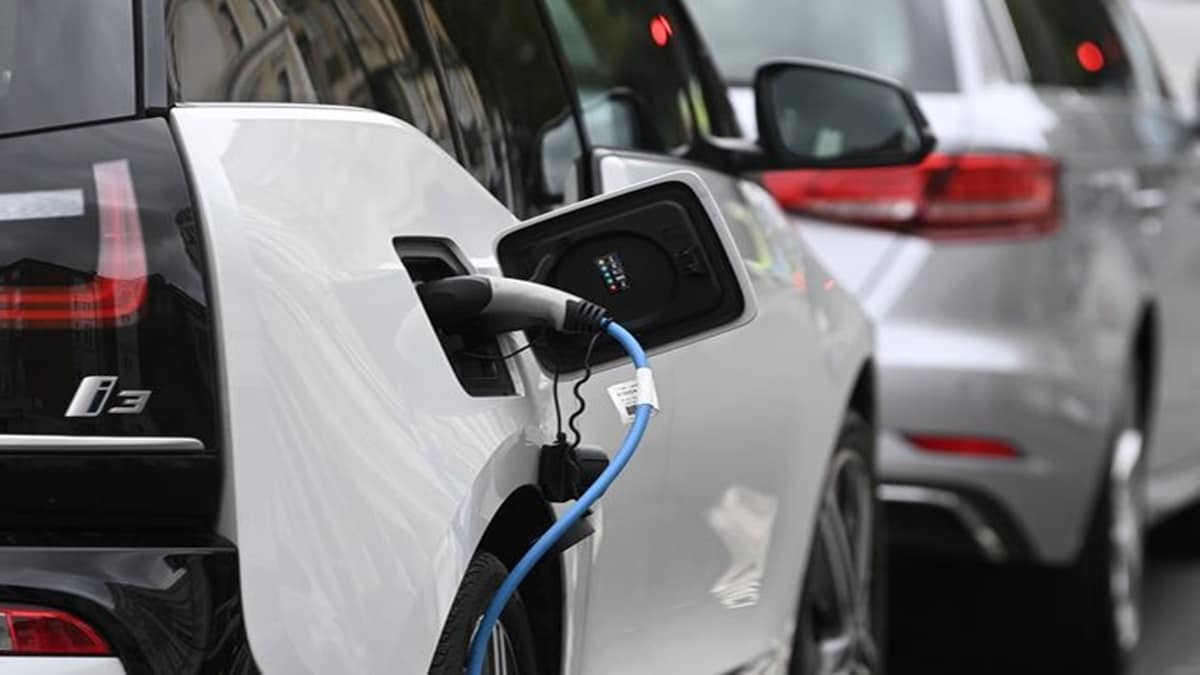Tesla has once again set its sights on the Indian market, though it is still keeping its India road map under wraps. While the company has posted hiring positions in Mumbai and Delhi, signalling plans to establish a retail presence, it has yet to confirm whether it will fully commit to local manufacturing or continue relying on imports. Tesla’s initial strategy appears to be importing completely built units (CBUs) rather than committing to setting up an assembly plant. This cautious entry reflects Tesla’s hopes of further reductions in import duties, especially under the looming possibility of reciprocal tariffs from the Trump administration. Currently, India imposes a 100% import duty on electric vehicles (EVs) priced above $40,000 and 70% on those below this threshold. The government’s March 2024 EV policy, however, has slashed import duties to 15% for automakers committing a minimum investment of $500 million and meeting localisation targets. The policy was designed to attract global manufacturers like Tesla but ensures that benefits are tied to clear investment and production commitments.
While global marquee brands do contribute to the success of policy initiatives — Apple’s iPhone production in India being a prime example — the government must not bend over backwards for Tesla. The EV policy is fair and transparent, offering benefits to any global automaker willing to commit resources to the Indian market. No one can deny that the policy has provided a clear and structured framework with competitive incentives, and the road map is set. The ball is now in Tesla’s court. If the company chooses to fully commit, it stands to gain significantly in one of the world’s fastest-growing automobile markets. If not, India must move forward with those who are willing to invest in its EV future.
For the government, the broader challenge lies in securing a sustainable EV supply chain. Currently, battery production remains heavily dependent on China, and electricity generation is still 80% reliant on coal and gas. These raise concerns that widespread EV adoption may simply shift pollution from vehicles to coal-fired power plants. To truly establish itself as an EV powerhouse, investments in battery research and development should also be a priority area to achieve a breakthrough by reducing reliance on China.
Making in India makes eminent business sense for Tesla. To offer more competitive pricing and scale its operations, the EV-maker must establish a manufacturing facility. Without such investments, even with reduced import duties, Tesla’s vehicles will remain unaffordable for a large segment of the Indian population. Besides, legacy automakers in India are closing the technological gap and global players like Mercedes-Benz and BMW have already begun EV assembly. If Tesla wants to succeed in India, it cannot afford to wait too long. It is anyway no longer as formidable a disruptor it once was. Gross profit margin has more than halved to below 15% in late 2024, from an impressive 30% in 2022, and average sale price has dropped by a third. In Germany, where Tesla operates a gigafactory, all-brand EV sales plummeted by 40% in December. In China, where it sold a record 657,000 cars last year, Tesla is facing stiff challenge from domestic brands like BYD and Xiaomi. Globally, Tesla’s sales dipped by 1.1% to 1.79 million vehicles, while BYD surged ahead with a 12.1% increase, selling 1.76 million units. The signal is clear: Tesla can’t afford to persist with its strategy of playing hard to get.


